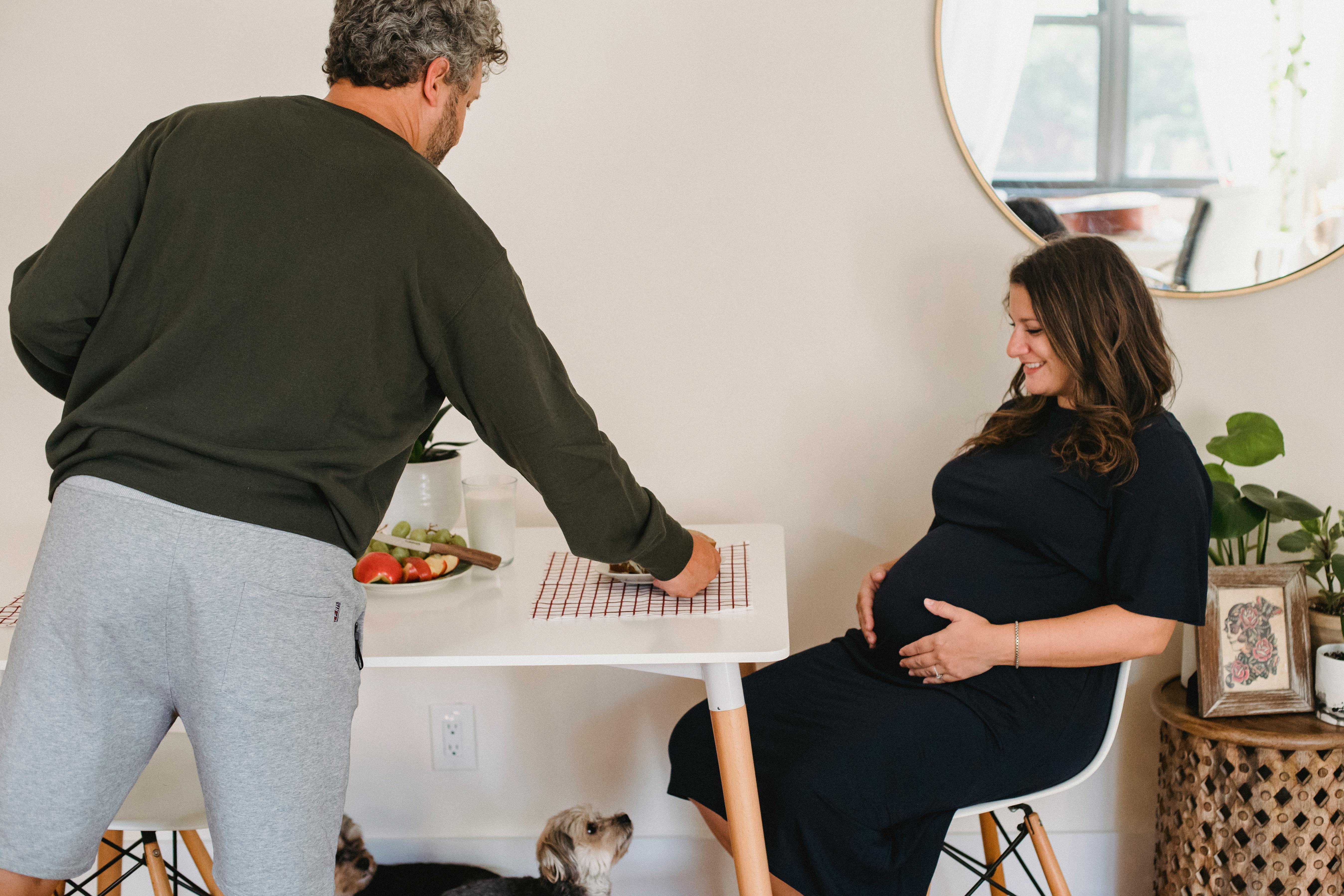If you live in a hot, humid region of the country, your dog is more likely to experience flea and tick infestations than if he lives in a colder, drier climate. Once you see a flea on your dog, prepare to see hundreds in a week. In some serious infestations, you may also see the products of their reproductive cycles in the form of eggs, which can hatch before your very eyes in a warm place, such as where your dog sleeps. Ticks, on the other hand, can attach themselves to your dog and go unnoticed until they embed themselves in his skin and can cause significant damage.
Combating these external parasites has become much easier in recent years with the development of new and effective products to combat fleas and ticks. However, the best way to ensure that you and your dog are not invaded by fleas and ticks is to never let your guard down. Be sure to check your dog’s coat after every outdoor romp during flea and tick season and keep him armed against these pesky critters.
The most common areas on an animal that you will notice fleas are around the neck, behind the ears, and at the base of the tail. Spots of flea feces and eggs that look like salt and pepper fall from an infested dog and are left where it sits or sleeps. Ticks, on the other hand, can land anywhere on your dog, so be sure to brush his coat after a walk. If you do get a flea infestation, you must eradicate them from your dog and your home. Both adult fleas, eggs and larvae must be destroyed.
Here are some more tips:
1. The old soccer adage that says “The best offense is a good defense” is also true when it comes to flea control products. Ask your vet for information on flea remover in pill or liquid form, or on topicals (Frontline, Revolution, or Advantage) for the most effective way to prevent fleas from attacking your dog.
2. If you are using flea shampoo to rid your dog of fleas, apply a foam ring around his neck when you start bathing him to prevent fleas from getting on his head.
3. Flea combs trap fleas on metal teeth for removal and removal.
4. An additional way to remove fleas from your dog is to first rub your finger in petroleum jelly.
5. To get fleas out of your carpet and prevent larvae from hatching, spray the carpet with table salt or borax. Let it sit for several hours and then vacuum.
6. When vacuuming during a flea infestation, discard the vacuum bag after each use to prevent any eggs or larvae you have collected from hatching.
Keeping your dog flea and tick free is an essential job for all dog owners. By being vigilant, consulting with your veterinarian when necessary, and following the advice above will go a long way in ensuring that you can be successful in this all-important endeavor.
